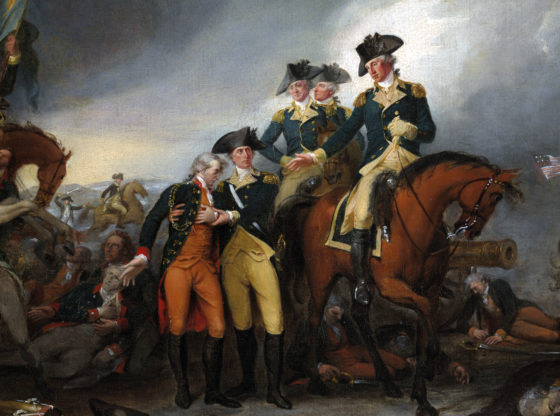
“Of the 800 herders who went to the northern front in 1941, 200 never returned. By the end of the war, almost half the herders and their reindeer had perished.”
By David Lawlor
IN THE STILLNESS of night they wait, antler horns silhouetted against the moonlit sky as heads turn, unfazed, towards their master.
Steam plumes from flared nostrils, hooves dig at the packed snow beneath. They wait, ready to move on his command, ready to be sent into the icy darkness with their sleigh full of longed-for items, to be delivered into expectant hands.
All this might conjure up images of Dasher, Dancer, Prancer, Vixen, Comet, Cupid, Donner, Blitzen and (of course) Rudolph, but no. This is the story of some nameless reindeer – ones who gave their lives in the fight for freedom from Nazi domination.
In 1941, approximately 6,000 reindeer and more than 1,000 herders (mainly Nenets) from Murmansk, Arkhangelsk and Komi risked their lives to transport ammunition, food and communications for the beleaguered Soviet Army.
It is estimated that 25 per cent of war materiel and munitions manufactured in North America during the war were shipped across the Arctic to Washington’s Russian allies. The supply routes used was under constant siege from the weather as much as the Germans.

Reindeer were the perfect beast of burden in this frozen environment. Yet amazingly, their use wasn’t a Soviet innovation – Finnish troops had relied on Sámi reindeer to transport equipment on sledges during the Winter War the previous year.
The Red Army’s reindeer corps worked a 1,300 km (800 mile) supply route stretching from Murmansk to the Karelian front. It was an arduous and often deadly journey through blizzards, snow drifts and temperatures that routinely dipped below minus 30 degrees, no to mention nearly constant German attack.
Of the 800 herders who went to the northern front in 1941, 200 never returned. By the end of the war, almost half the herders and their reindeer had perished.
According to one herder, Vladimir Kanev (as recorded in the book Running With Reindeer – Encounters in Russian Lapland), he and his compatriots “rushed to the front, transporting as many shells and mines as we could load on the sledges.”
“After that, we spent all winter running between Murmansk and Litsa,” said Kanev.
When they weren’t carrying much-needed equipment, the reindeer were put to other, vital uses. Herders rescued downed pilots, their reindeer sleighs helped carry the aviators out of danger.
“Often working under fire, we wrapped the wounded in deer skins, tied them down on the sledges and ran them to the hospitals,” Kanev recalled.
Reindeer were even used to tow downed aircraft back to base so flight mechanics could salvage the parts. One can easily picture reindeer pulling a sleigh — but pulling a fighter plane? That’s a tough one to imagine.
With the holidays upon us, it’s only fitting that we to spare a thought or two for the portly gentleman in the red suit who is probably tearing his beard out in the rush to deliver all those presents. The real heroes, though, are the reindeer that take him on his trip around the world, ensuring that boys and girls everywhere get a little Yuletide magic.
Remember them this Christmas week and remember, too, their cousins who gave their lives on the battlefield in the fight for freedom.
Happy Christmas.
David Lawlor is an associate editor with Ireland’s Independent News and Media in Dublin. He is the author of four books including Tan, a new novel about the Irish War of Independence. He lives in Greystones with his wife and four children. Follow him on Twitter or visit his blog History With a











Nothing to do with the post but i tried to donate via credit card and only works for Canada so no can do
Thanks… didn’t realize the button didn’t work. I fixed it.
You should publish more articles on
a)non war animals caught up in war &
b)wartime espionage.Thanks for your time & keep up the good work.
I agree
this is good article really appreciate
this has so much inspiration thank you for this enlightenment you Gods